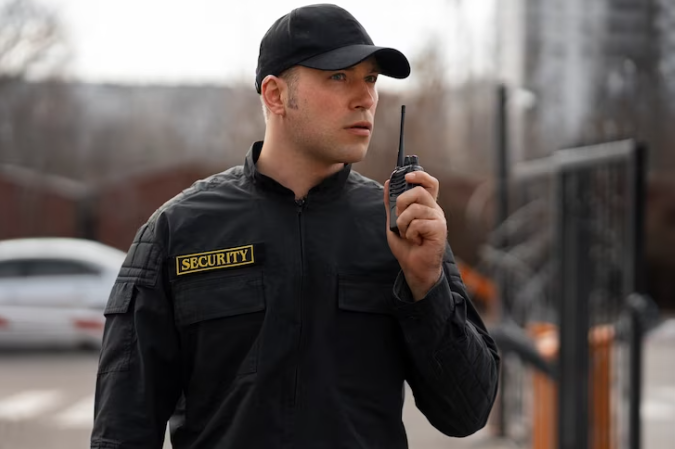Comparing security services in Melbourne and Sydney provides valuable insights into the similarities, differences, and unique challenges faced by these two major Australian cities. While both cities prioritize public safety and security, their approaches to security services may vary based on factors such as population density, urban infrastructure, crime rates, and regulatory frameworks. In this comprehensive analysis, we will explore the key aspects of security services in Melbourne and Sydney, including security personnel, technology, regulations, and community engagement.
1. Security Personnel:
Both Melbourne and Sydney rely on a combination of private security firms, government agencies, and law enforcement bodies to provide security services. Private security companies offer a range of services, including security guards, patrols, event security, and alarm monitoring. These firms play a crucial role in protecting businesses, residential areas, and public spaces.
In terms of security personnel, Sydney tends to have a larger population and a higher demand for security services compared to Melbourne. As a result, Sydney may have a greater number of security personnel deployed across various sectors, including retail, hospitality, entertainment, and transportation.
2. Technology Integration:
Both Melbourne and Sydney leverage technology to enhance their security capabilities. This includes the use of surveillance cameras, access control systems, alarm systems, and biometric identification technology. These technological solutions help deter crime, monitor activities, and respond to security threats in real-time.
Sydney, being the larger and more densely populated city, may have a higher adoption rate of advanced security technologies compared to Melbourne. However, both cities prioritize the integration of technology into their security infrastructure to improve efficiency and effectiveness.
3. Regulations and Licensing:
The regulation of security services is governed by state and federal laws in Australia. Security personnel are required to obtain appropriate licensing and certification to work in the industry. Licensing requirements may vary between states, but generally include background checks, training, and ongoing professional development.
While regulations governing security services are consistent across Australia, including Melbourne and Sydney, there may be differences in specific licensing requirements or regulatory frameworks implemented at the state level. Compliance with these regulations is essential for ensuring the quality and professionalism of security services in both cities.
4. Community Engagement:
Community engagement is a fundamental aspect of effective security services in both Melbourne and Sydney. Building trust and collaboration with local communities helps improve communication, gather intelligence, and prevent crime. Security providers in both cities may engage with residents, businesses, community groups, and local authorities to address security concerns and implement proactive solutions.
Given the diverse and multicultural populations of Melbourne and Sydney, community engagement efforts may vary based on the specific needs and priorities of different neighborhoods and demographic groups. Security providers must adapt their approaches to community engagement to effectively address the unique challenges and opportunities present in each city.
5. Response to Emerging Threats:
Both Melbourne and Sydney face a range of security threats, including terrorism, cybercrime, organized crime, and public safety concerns. Security services in both cities must remain vigilant and adaptable to respond to emerging threats effectively. This may involve collaboration with national security agencies, intelligence sharing, and the implementation of proactive security measures.
Sydney, as the capital city of New South Wales and the location of major government institutions, financial centers, and transportation hubs, may be more susceptible to certain security threats compared to Melbourne. However, both cities work closely with law enforcement agencies, security partners, and the community to address and mitigate potential risks.
In conclusion, while Melbourne and Sydney share many similarities in their approaches to security services, there are also distinct differences shaped by factors such as population size, urban infrastructure, regulatory frameworks, and community dynamics. By understanding these similarities and differences, security providers can tailor their services to meet the specific needs and challenges of each city effectively. Effective collaboration, technology integration, community engagement, and response to emerging threats are essential for ensuring the safety and security of residents, businesses, and visitors in both Melbourne and Sydney.




